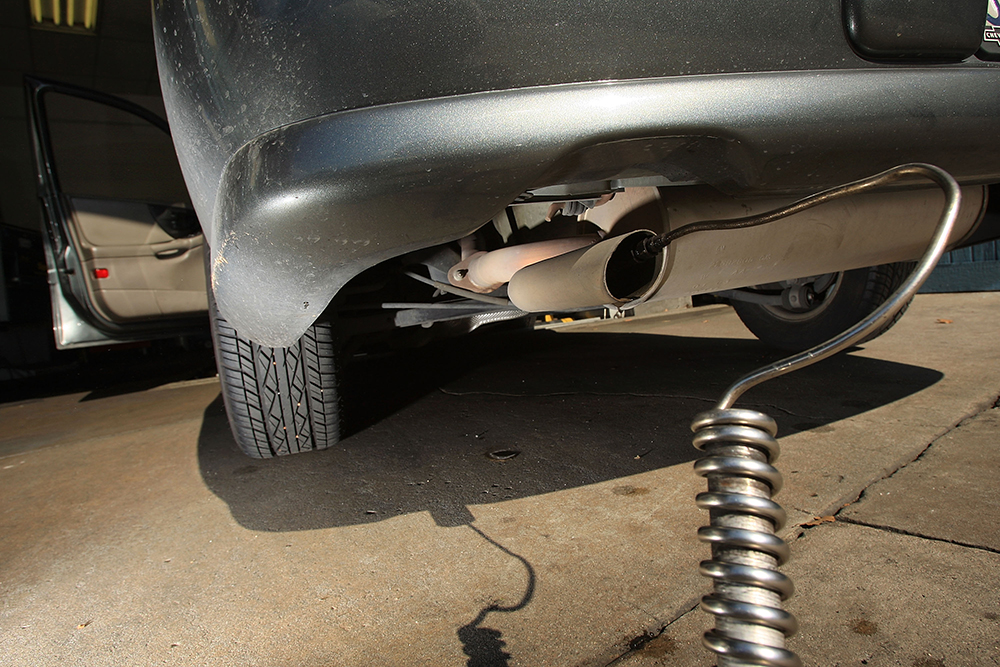News: Car makers try to stall tougher real-world emissions tests demanded by Europe
Car makers are pushing back on new “real-world” emissions tests that would more accurately measure vehicle pollution, reports The Times.

CAR MAKERS are pushing back on new “real-world” emissions tests that would more accurately measure vehicle pollution and help prevent the premature deaths of 7,000 people each year, reports The Times.
The new tests, proposed by the European Commission, would reflect normal driving conditions with vehicles being tested on the road rather than in the laboratory, as at present, and at higher speeds and under faster acceleration.
Researchers have found that the current laboratory test underestimates diesel pollutants by up to four times. Scientists say such pollutants are responsible for about 7,000 premature deaths a year in Britain.
The tougher tests would be monitored by the Vehicle Certification Agency which would carry out random checks and force manufacturers to improve those models that failed them. They could be introduced by September 2017 but Acea, the European Automobile Manufacturers Association, is pushing for them to be phased in, with all cars compliant by 2021.
Paul Greening, Acea’s emissions and fuels director, said: “We are looking for some flexibility to help us manage the introduction of this new test.”
Greg Archer, clean vehicles manager of Transport & Environment, which campaigns to reduce pollution from cars, said that manufacturers had already had several years to prepare for the real-world test. “A key reason air pollution in cities remains so high is because cars only meet air pollution emissions rules in the laboratory, not on the road,” he said. “These new EU laws are designed to stop this invisible killer.”
How manufacturers reduce CO2 emissions*
- Minimise the weight of the vehicle by removing things such as carpets
- Cars are tested at unrealistically high temperatures and on super-slick test tracks
- Tape over gaps and grilles to reduce drag
- Use super-lubricants to reduce engine friction
- Adjust wheel alignment and brakes
- Over-inflate tyres to reduce contact area on the road
Source: Transport & Environment




